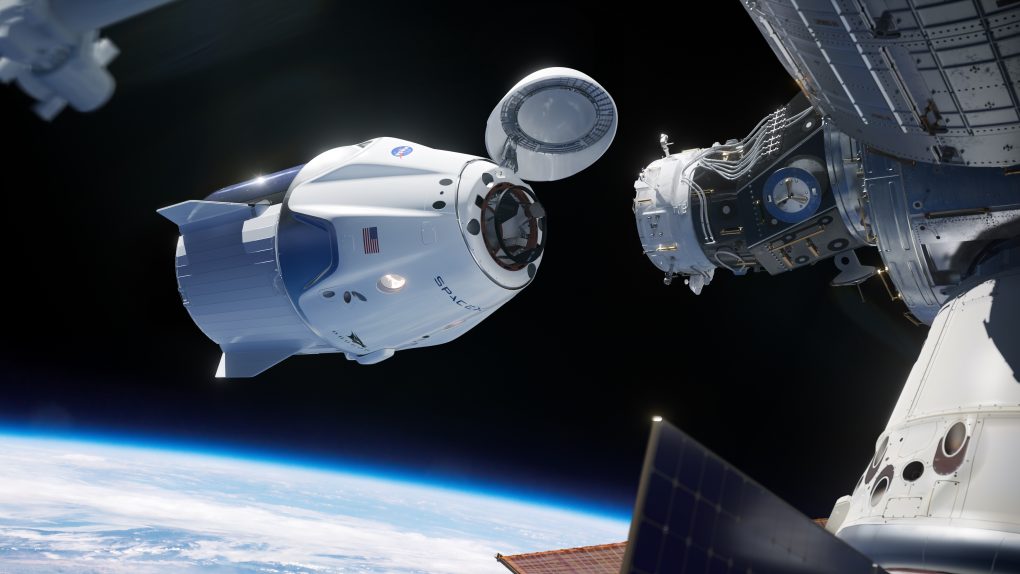In what will undoubtedly be the biggest test of SpaceX’s Crew Dragon vehicle to date, the company is scheduled to launch its capsule to the International Space Station on March 2nd, and you can bet that NASA is eagerly anticipating a flawless demonstration.
NASA really, really needs a way to send astronauts to the International Space Station. For years, American scientists have been using Russia’s Soyuz flights to make their way to and from the orbiting laboratory but NASA wants to change that. NASA has inked contracts with both SpaceX and Boeing to produce crew vehicles that it can use to send its astronauts into space, but both companies are already well behind schedule, making this upcoming test even more important.
NASA recently announced that it had completed the flight readiness survey of the Crew Dragon and revealed that the first flight will take place on March 2nd. The uncrewed flight will be a chance for SpaceX to showcase the safety and reliability of the crew module as well as the Falcon 9 platform, and any dramatic snafu could result in a considerable setback.
The Crew Dragon will be launched from Kennedy Space Center on top of a Falcon 9 rocket, and the capsule will make its way to the ISS where it will dock about a day after launch. The vehicle will undock a few days later and splash down in the Atlantic Ocean in a full simulation of what an arrival and departure from the ISS might be like for a crew.
Both SpaceX’s crew dragon and Boeing Starliner were expected to be farther along in their testing by this point, and the clock is ticking at NASA. The agency only has an agreement in place with Russia to fly astronauts to the ISS in 2019, and if SpaceX or Boeing can’t finish up by the time those flights have concluded NASA will be left with no way to send its scientists into space.
If the March 2nd test goes as planned, we could see the first manned test flights within a few months, but that’s a very big “if.” We’ll be keeping our fingers crossed.








